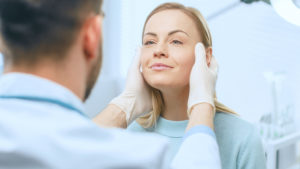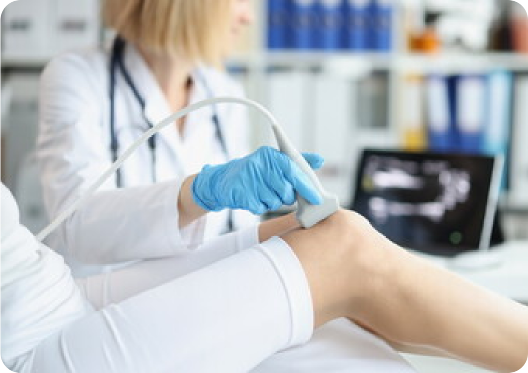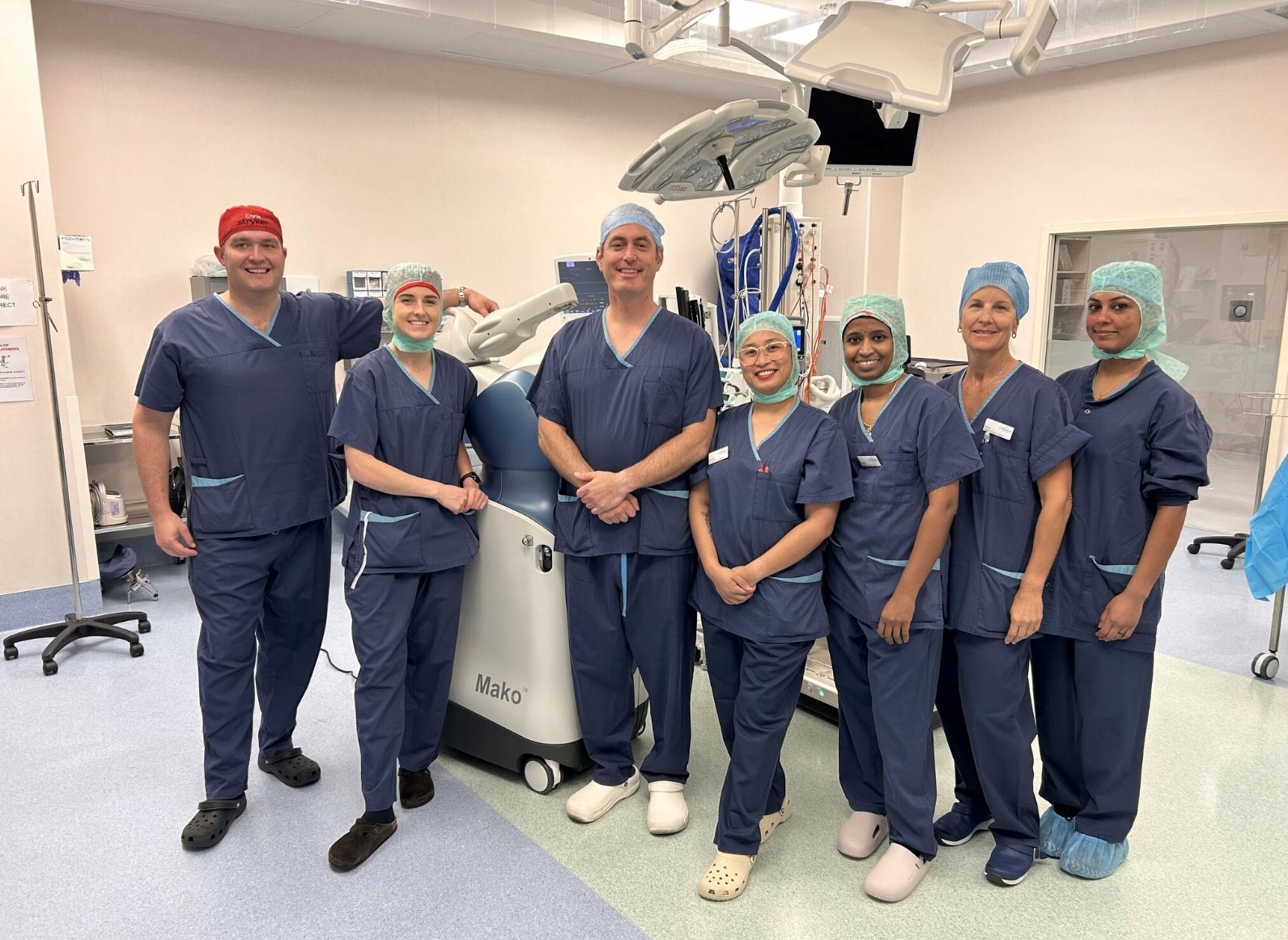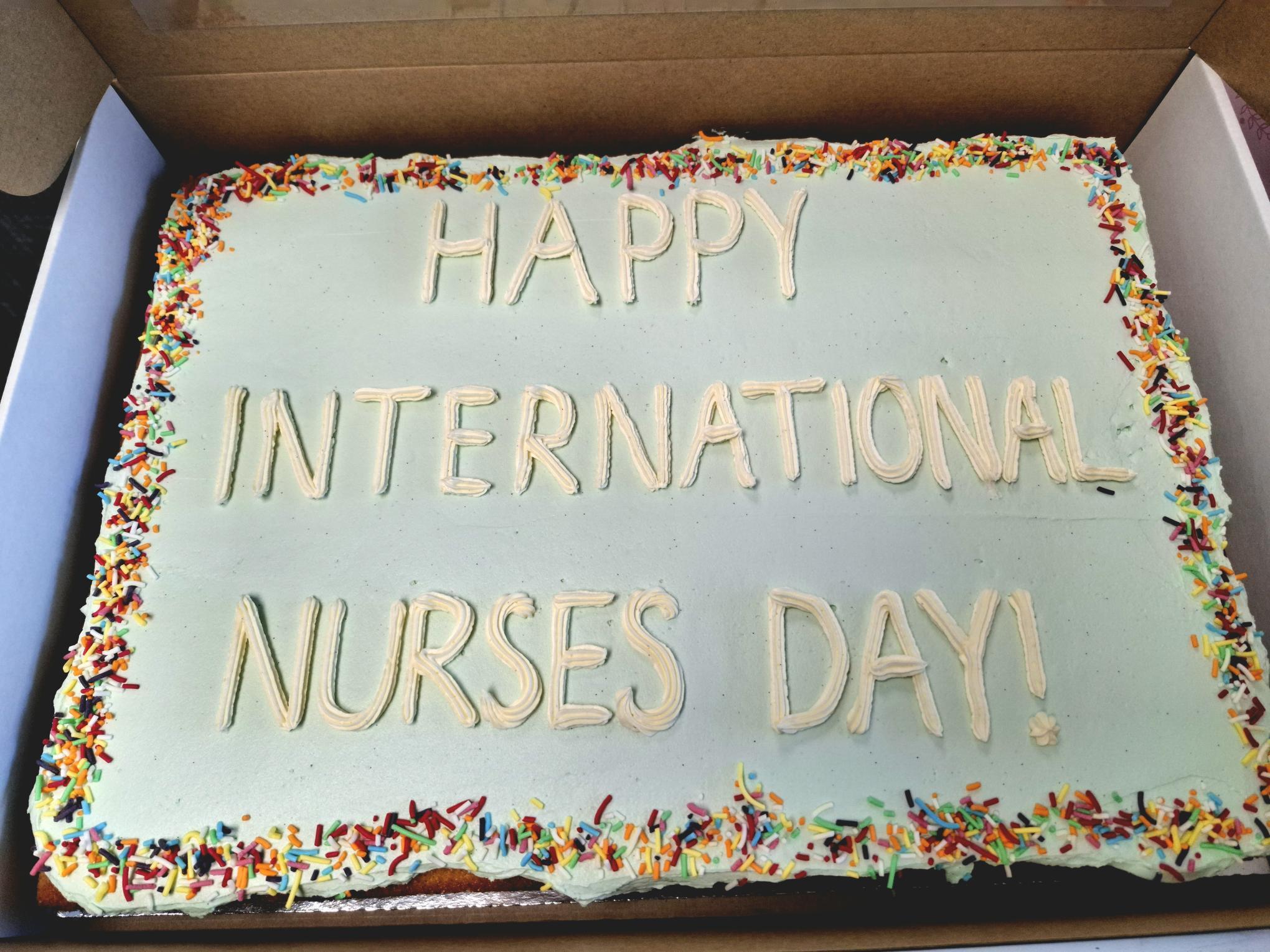At Ormiston Hospital, we understand the importance of feeling comfortable with your appearance. We have been working in plastic surgery for over a decade and have a dedicated team of leading plastic surgeons who perform all types of cosmetic surgery procedures. You can rest assured that whichever procedure you are considering, our team will provide you the very best in surgical expertise to support you on your cosmetic surgery journey.
Our range of available procedures:
Abdominoplasty (tummy tuck)
An abdominoplasty involves removing extra (excess) skin and fat from the stomach area. The skin is then re-draped over the newly repositioned contours to get a smoother and more toned look. This procedure is used to improve the shape and appearance of the abdomen.
Asian blepharoplasty (Asian double eyelid)
Asian blepharoplasty or ‘Asian double eyelid surgery’ is a type of surgery used to create an eyelid crease to create larger and more symmetrical, almond-shaped eyes in people of Asian descent. In many cases, the height from your upper lash line to the eyelid crease can be adapted to your personal preferences.
Blepharoplasty (Eyelid surgery)
Blepharoplasty or eyelid surgery is a procedure that is performed to improve the shape of eyelids and reduce sagging eyelid skin. An upper blepharoplasty can help to remove the effect of drooping ‘hooded’ eyelids while a lower blepharoplasty can help to reduce under-eye ‘bags’.
Brow lift (forehead lift)
Brow lift surgery is performed to raise your bows to rejuvenate the upper third of the face. It is a minimally invasive procedure that is used to remove wrinkles and give the face a more youthful appearance. The procedure involves making small cuts (incisions) behind the hairline and the surgeon uses equipment that gently releases and elevates the tissues of the brows.
Fat transfer/Fat grafting
Facial fat grafting is a surgical rejuvenation procedure where fat harvested through liposuction is transferred via small syringes to areas of the face. The aim of the procedure is to add volume to areas of the face where volume depletion has occurred due to aging. This can include the forehead, cheeks, lips, and areas around the nose or eyes.
Liposuction
Liposuction is a minimally invasive procedure that can permanently remove fat from stubborn areas such as the arms, thighs, or flanks (love handles). Liposuction does not improve the appearance of sagging skin or cellulite, and you won’t lose substantial weight from this procedure, but it can improve the contouring/shape of the area.
Otoplasty (ear correction surgery)
Otoplasty is performed to change the shape, size, and position of one or both ears. It is also considered when ears are misshapen due to an injury or birth defect.
Rhinoplasty (nose job)
Rhinoplasty is one of the most popular cosmetic surgeries. It is used to improve appearance by changing the shape and size of the nose and to fix medical problems such as a broken nose or deviated septum. Surgical rhinoplasty is performed either by making an incision inside the nostrils (closed procedure) or an incision across the base of the nose (open procedure).
Rhytidectomy (full face lift)
In this procedure, the tissues under the skin are tightened and excess skin from the face and neck is removed.
Need to know
During your private consultation with one of our cosmetic surgeons, they will take a detailed medical history to fully understand your current health status. You will also undergo a physical examination of area where you intend to get surgery. The surgeon will discuss whether you need further tests and will explain both the benefits and risks associated with the surgery. You can also let your doctor know if you have any concerns regarding the surgery or treatment. If you wish to proceed with the surgery, you can then work with the admissions team to arrange a date for the procedure.
To prepare for surgery, it’s important to follow your surgeon’s specific instructions. You should also arrange for someone to drive you home post-surgery and plan for a recovery period at home.
In many cases, cosmetic surgery not only improves your appearance but can also improve a person’s self-confidence, self-esteem, and, in some cases, their mental health. After cosmetic surgery, many people opt for healthy lifestyles such as abstaining from smoking, following a healthy diet to maintain their appearance, and taking good care of their physical fitness.
Like any other surgery, there are risks associated with cosmetic surgical procedures. While surgeons work hard to minimise the risk of complications, these can still happen. Potential complications include fluid build-up under the skin, abnormal scarring, infection at the incision site, or bleeding after surgery. Some complications may require additional procedures. It is important to stay informed and to ask questions if you have any concerns.
Recovery time varies from person to person and depends on the procedure you are having. Some minimally invasive procedures may only require a few days to recover from while more complex procedures may take many weeks or months of recovery. It is important to understand the recovery process for your chosen procedure.
Cosmetic surgery typically requires general anaesthesia or IV (intravenous) sedation, performed under the care of an anaesthetist. The surgical process will vary depending on the cosmetic procedure you are having done. Throughout the operation, your vital signs are closely monitored for safety, and the surgical team ensures that the procedure is as smooth and efficient as possible.
After surgery, you will be taken to a recovery area where medical staff will monitor your vital signs and ensure you are recovering well from the anaesthesia. Your doctor will provide instructions and medication to help manage pain and advice on when you can resume normal activities. The recovery process will vary depending on the procedure you have had. There will be follow-up appointments so your doctor can monitor your healing process.













